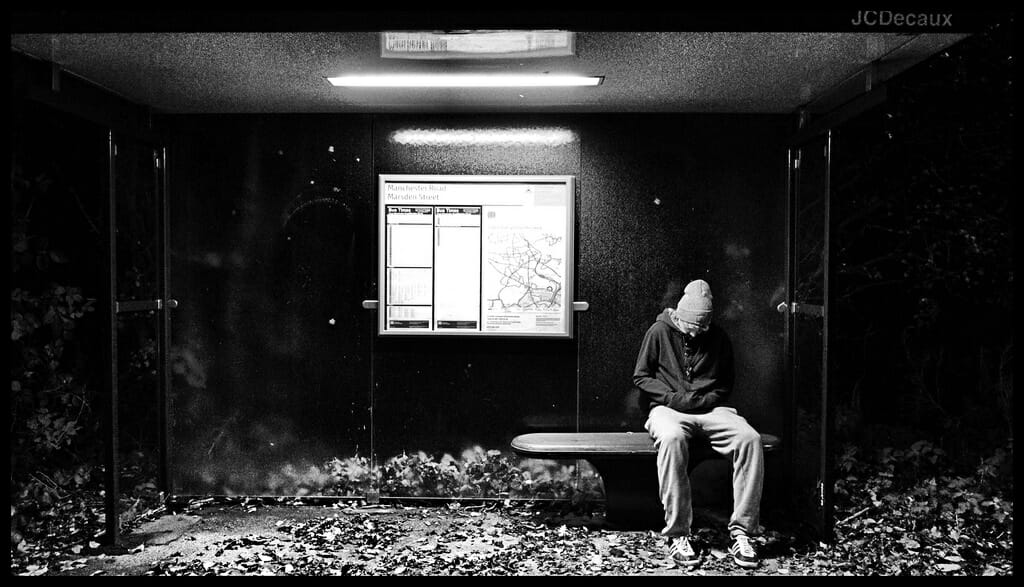If you read the March blog article titled, Shepherding Students through the Gates of PCR, did you find yourself thinking, “What shifts in my instruction will be necessary to usher students through the gates of thinking about complex text?” Did the linear progression through the gates of analysis, inference, and synthesis offer intrigue…along with yearning for a stack of grade-appropriate lesson plans to neatly puzzle this type of instruction together? Here’s a quick-start primer for those looking to not only jump-start this work with vigor in everyday classroom instruction, but prepare students for impending PARCC prose constructed response with complex text sets.
Using Complex Images to Introduce, Scaffold, and Refine Thinking at the Gates
At the “Analysis Gate,” students think closely about complex text by noticing key textual details, main ideas, and other important clues left by the author to drive meaning. The key practitioner move here is to hold student thinking steadily at the analysis gate without a rush ahead to the “Inference Gate.” But how?
Step 1: Redefine your definition of “texts” by beginning with a singular complex image, rather than a traditional print text.
Step 2: Model thinking through the “Analysis Gate” for your students by thinking aloud about the complex text. Use appropriate sentence starters for this gate from an anchor chart that will later empower readers to do this same work independently.
- I notice…
- I see…
- This is a key detail about…
- This part might help me understand…
Step 3: Model for students the ways in which you self-monitor to prevent jumping ahead through the “Inference Gate” too quickly. For example, think aloud by saying, “I see three children. I notice they are all sitting very close together at the table. I think they are friends. Oh, wait! I can’t see that they’re friends…that was an inference! I was using what I see (evidence) and what I already know (schema) about kids who are sitting really close together and smiling to make that interpretation! I’ll hold off on making inferences for a bit. First I want to closely analyze this text.”
Step 4: Model how to hold on to your analysis through a simple, DIY chart, annotation, or coding and marking the text. Steer clear of elaborate graphic organizers. They won’t be available on PARCC tests or when you’re not around to distribute them! Build independence at the “Analysis Gate” by showing how you use space within and around the image margins to hold your thinking.
Step 5: Provide an opportunity for students to practice analysis with you close by. For example, ask students to turn and talk about additional evidence they can gather from the same complex text. Listen in to their conversations to ensure they are holding thinking at the analysis gate and not jumping to the “Inference Gate.” Allow just a few minutes for this work. Save ample time for students to later practice the same work with novel, more complex text sets independently.
Step 6: Release students to analyze a “text set,” or group of images that share some common thread. Include multiple texts that offer complexity to the analysis work. Consider images that have subtle detail such as facial expressions or implied dialogue, deliberate use of color or prominent texture suggesting mood or tone, and contrasting images that offer unique perspectives. Include images for which you can ensure some thread of connection between them for later work in the “Synthesis Gate.” As long as you can make some connection between the images, your students will be able to grow theories as well.
Try your hand at analysis with this “text” below:

Image by Jenny Downing.
Once students have had time to build analysis skills, repeat these same steps at the “Inference Gate.” Consider using the same image text set to help students clearly distinguish their thinking from one gate to the next. Remember the equation of thinking at the “Inference Gate:”
Evidence from the Text + Schema = Inference
When you model your thinking, use sentence stems to illustrate the convergence of your schema with evidence gathered from the text.
- This makes me think…
- I’m wondering…
- I remember I saw/read about this in another text…
- Is this the same as what I learned about…?
- Is this author (photographer) trying to tell me…?
- I’m thinking the message is…
- I’m wondering if the theme is…
Think aloud to demonstrate how you to interpret what you see. For example, model by saying, “Hmmm…I see droplets of water on the flower petals and the soil right around the flower, but I don’t see any water on the surrounding sidewalk. This makes me think someone watered the flower. The author doesn’t tell me anywhere in the image that someone came around with a watering can, but I’m making that inference based on what I see and what I know. When I water my garden, this is what it looks like.”
Try your hand at inference with this “text” below:

Finally, repeat the same steps at the synthesis gate. Remember, synthesis is the creation of something brand new, such as a theory, alternate ending, research thesis, persuasive letter, or sequel, among others. The equation for synthesis becomes far more complex:
Analysis + Inference + A Decision Reflecting a New, Bigger Idea = Synthesis
When you model your thinking, use sentence stems to illustrate how you grow a theory about an image based on your analysis and inferring work.
- The story this image is telling me is about…
- I’m growing a theory about…
- I’m using my thinking about…and…to…
- I notice the author’s voice is clear so I will use that voice to develop a new…
- I can use this text to persuade other readers to…
Think aloud to demonstrate how you synthesize, or create a brand new idea grounded in evidence, supported by schema, and articulated with a particular audience in mind. For example, model by saying, “Hmmm…this image tells me the story of two women who became friends while waiting for the bus. Other people at the bus stop are looking down the road for the arrival of the bus but the women are focused on one another. The author’s message here is that you can find friendship in unlikely places if you’re looking in the right direction.”
Try your hand at synthesis with this “text” below:

Remember to release students to work at the gates with multiple images whenever possible. Modeling with a singular text ensures students clearly see your typically invisible, in-the-head strategies. Their independent practice can then ratchet up the rigor and while engaging them in a scaffolding of complexity across several texts. With images, even the most complex text set can be accessible to all learners. Once students demonstrate proficient thinking at the gates with image-based text sets, integrate increasingly complex print texts to help students transfer, grow, and dexterously apply analysis, inference, and synthesis skills.
Can you synthesize across the following two texts? Remember, your synthesis could be an original story, a theory about the author’s message, an argument, a call to action, or a thesis statement, among others.








